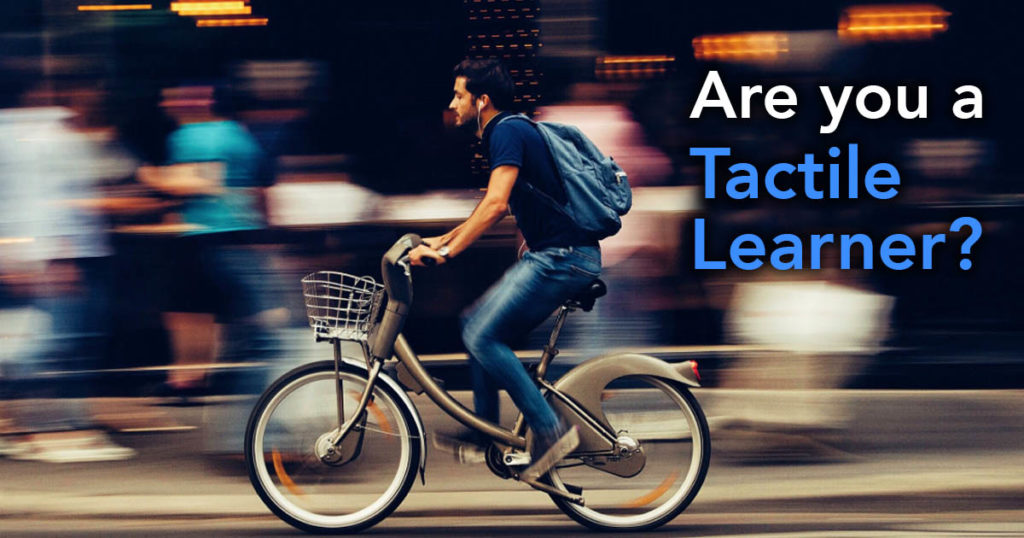Kristie Overstreet Ph.D., LPCC, LMHC, LPC, CST
Are you able to absorb information better by moving while studying? Do you do your best thinking while you walk or exercise? Did you get in trouble as a child because you tapped your pencil too much or were continually moving? If any of these sound familiar you may be a tactile-kinesthetic learner.
As you continue to prepare for your licensing exam, be sure to identify your learning style so that you can build a study prep program around it. The three major learning styles are kinesthetic, auditory, and visual learning. Many people benefit from parts of all three forms; however one approach is dominant as the best way to learn.
What is a kinesthetic learner?
A kinesthetic learner is someone who learns through movement. This learning style is often forgotten because it isn’t as traditional as auditory or visual. A kinesthetic learner can better absorb and understand new material through movement of the body.
Pay attention to how your body moves and reacts during your next study session. Is your pencil moving or tapping as you read? Does it help to read the material out loud as you walk throughout your house? This learning style is a powerful one, and your study program can benefit from implementing more kinesthetic learning.
You may be a kinesthetic learner if
- You continuously move your leg or shake your leg while reading.
- You talk with your hands.
- You have good hand-eye coordination.
- You are good at sports.
- You like to use a pen or highlighter to make notes while reading.
Study tips to help kinesthetic learners
- Place toys or objects you can play with on your desk while studying.
- Listen to audio study guides while you are exercising.
- Stand up and walk around while you read new material.
- If you feel tired while studying, stop every 30 minutes and do a few jumping jacks.
- Keep a sketch pad handy during study session so you can draw diagrams or systems.
As a kinesthetic learner, you know how to make your study times more productive. Turn on music, allow yourself to move, and prepare to learn everything you need for your exam. Remember, to be realistic with your goals and break down study time into short increments.
Combining your learning style and the right study aids is crucial to your exam preparation. To make it easier, check out the Taylor Study Method (TSM) which offers research-based packages that help each of the different learning styles. If you are a kinesthetic learner, you will like the coaching and access to TSM’s community of supportive experts. You are not alone in your efforts so be sure to reach out for help from a proven system.

